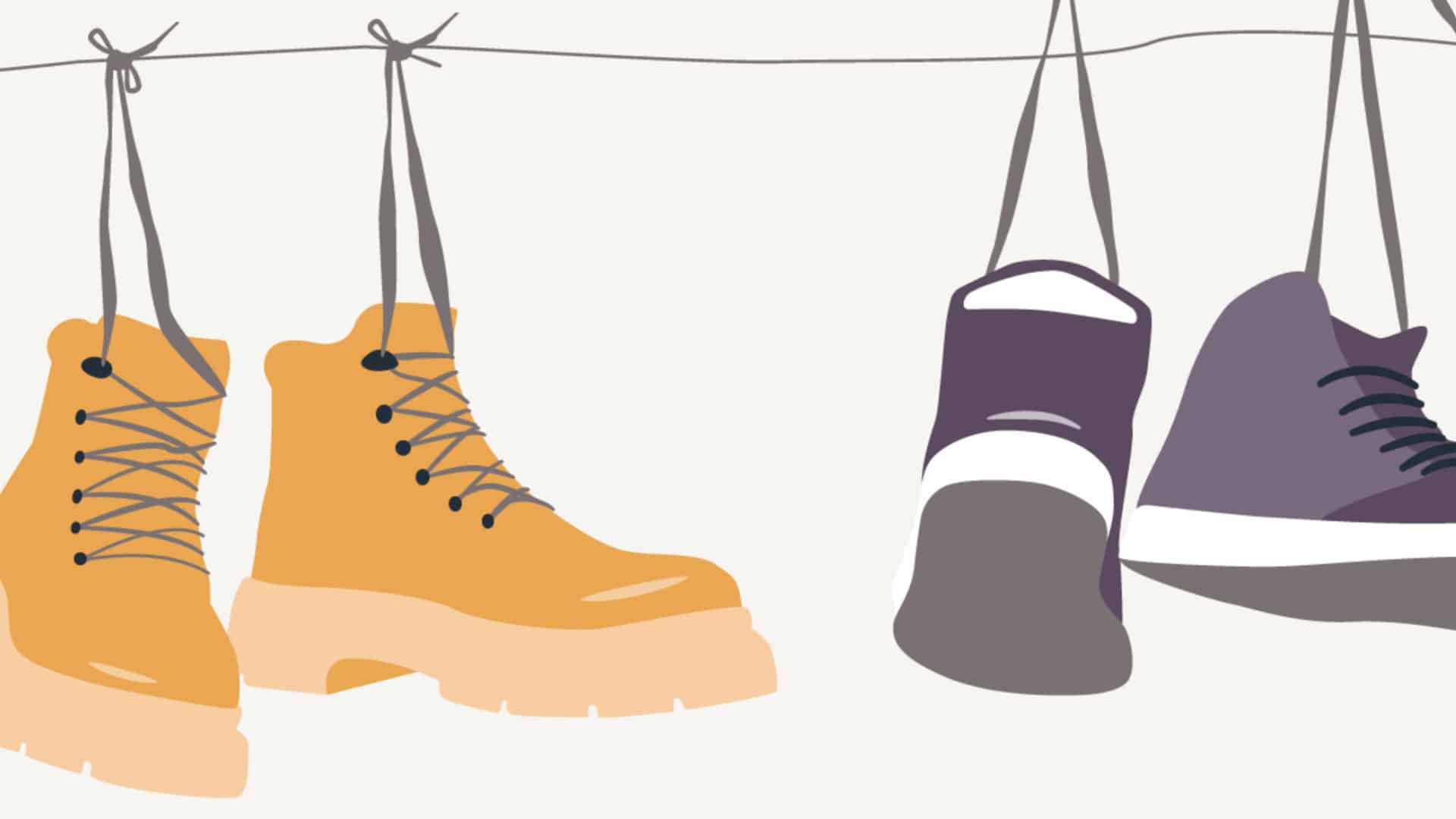
No one likes wet shoes, especially on a rainy day when there’s no chance of drying them in the sun! Whether you’ve been unlucky and got caught in the rain or accidentally stepped in a puddle, your wet shoes need to be dried. If you don’t have a backyard, if the weather is wet, or if you need your shoes in a hurry, the dryer is the best place to dry them. But how do you make sure you don’t damage them in the process? Read on to find out!
What Types of Shoes Can Go in the Dryer?
First of all, the dryer is not the right drying method for all types of shoes. Some shoes do just fine with the higher heat, while others will be ruined.
Shoes that can go in the dryer:
- Cotton and canvas shoes: Sneakers and other types of cotton and canvas shoes are durable and able to handle the heat of the dryer.
- Synthetic fabric sneakers: Shoes made from synthetic fabrics, like running and athletic shoes, are often fine in the dryer, but results may vary depending on the fabric.
Shoes that can not go in the dryer:
- Leather or suede shoes: Leather or suede can easily shrink, crack, or get bent out of shape in a dryer. They should be air-dried only.
- Decorated shoes: Shoes with embellishments such as beads or charms shouldn’t go in the dryer, as they can be easily damaged.
- Dress shoes: Dress shoes, even those made from synthetic fabrics, can lose their shape in the dryer and should be air-dried instead
- Wool sneakers/wool-lined boots: Shoes with a wool component should never go in the dryer as wool can shrink dramatically at high heat.
Preparing Your Shoes for the Dryer
Before your shoes actually go into the dryer, you need to make sure you take the necessary precautions to ensure they aren’t damaged:
Remove Insoles and Laces
Removing your insoles and drying them separately will mean your shoes dry quicker, so there is less time needed in the dryer overall. Laces can tangle and catch in the dryer so it’s best to remove them and air dry them.
Remove Dirt or Debris
If your shoes have just been washed, there is no need for this step. If you’re drying your shoes because they got wet in the rain, however, then you need to check that they’re clean before putting them in the dryer. Dirty shoes can make the inside of your dryer dirty, which can then spread to your clothes. Use a damp cloth to wipe away any dirt, paying extra attention to the bottom of your shoes. If they’re seriously dirty, consider washing them before drying.
Wring Out Excess Water
Your goal is to have your shoes in the dryer for as short a time as possible in order to avoid damage. If your shoes are dripping wet, squeeze out the excess water by wrapping the shoes tightly in an old towel and pressing down on them.
Drying Your Shoes in the Dryer
Once you’ve ensured your shoes are clean, they’re ready for the drying process! Here’s what to do:
- Place your shoes in a mesh bag: A dryer bag is a great way to prevent damage to your shoes during the drying cycle. If you don’t have a mesh dryer bag, you can use an old pillowcase and tie the ends together.
- Add an old towel for padding: To further prevent damage to your shoes, add a couple of old (dry) towels to the dryer along with your shoes. This will cushion the shoes during the drying cycle and means they’re less likely to get misshapen.
- Choose the dryer setting: To ensure your shoes are protected, use the lowest possible setting.
- Check in frequently: Keep a close eye on your shoes to ensure they don’t stay in the dryer any longer than they need to. Check on them after about 20 minutes, then every 10 minutes after that, and take them out as soon as they’re dry.
Alternatives to Using a Dryer
If your shoes are made of a material that can’t go in the dryer, don’t panic! There are plenty of drying methods that don’t involve using a tumble dryer, and they can be just as effective.
- Stuff with newspaper and air-dry: To absorb the moisture from the inside, stuff your shoes with newspaper and place the shoes in a well-ventilated area. Replace the newspaper when it gets wet. Your shoes should dry within a couple of days.
- Use a fan: This is basically the same as the air-drying method, but a little quicker. Stuff your shoes with newspaper and place them in front of a fan. The air circulation means your shoes will dry more quickly. Make sure you rotate the shoes to ensure they’re being dried from all sides.
- Use silica gel: This is a good method for shoes that are just a little damp. Put silica gel packets inside your shoes and leave them somewhere well-ventilated until the moisture is absorbed.
- Dry on a clothesline: This method is best for sneakers and running shoes—tie the laces together and hang your shoes over a clothesline. On a warm, breezy day they can dry within a couple of hours!
- Use a dehumidifier: Fill your shoes with dry newspaper and place them in a small room with a dehumidifier. The dehumidifier will remove moisture from the room, including from your shoes!
- Towel-dry surface moisture: This method won’t work for soaking wet shoes, but if your shoes just have a little surface moisture, try patting them carefully with a towel. You can try one of the other methods on this list to remove internal moisture.

Why Is My Microwave Sparking?
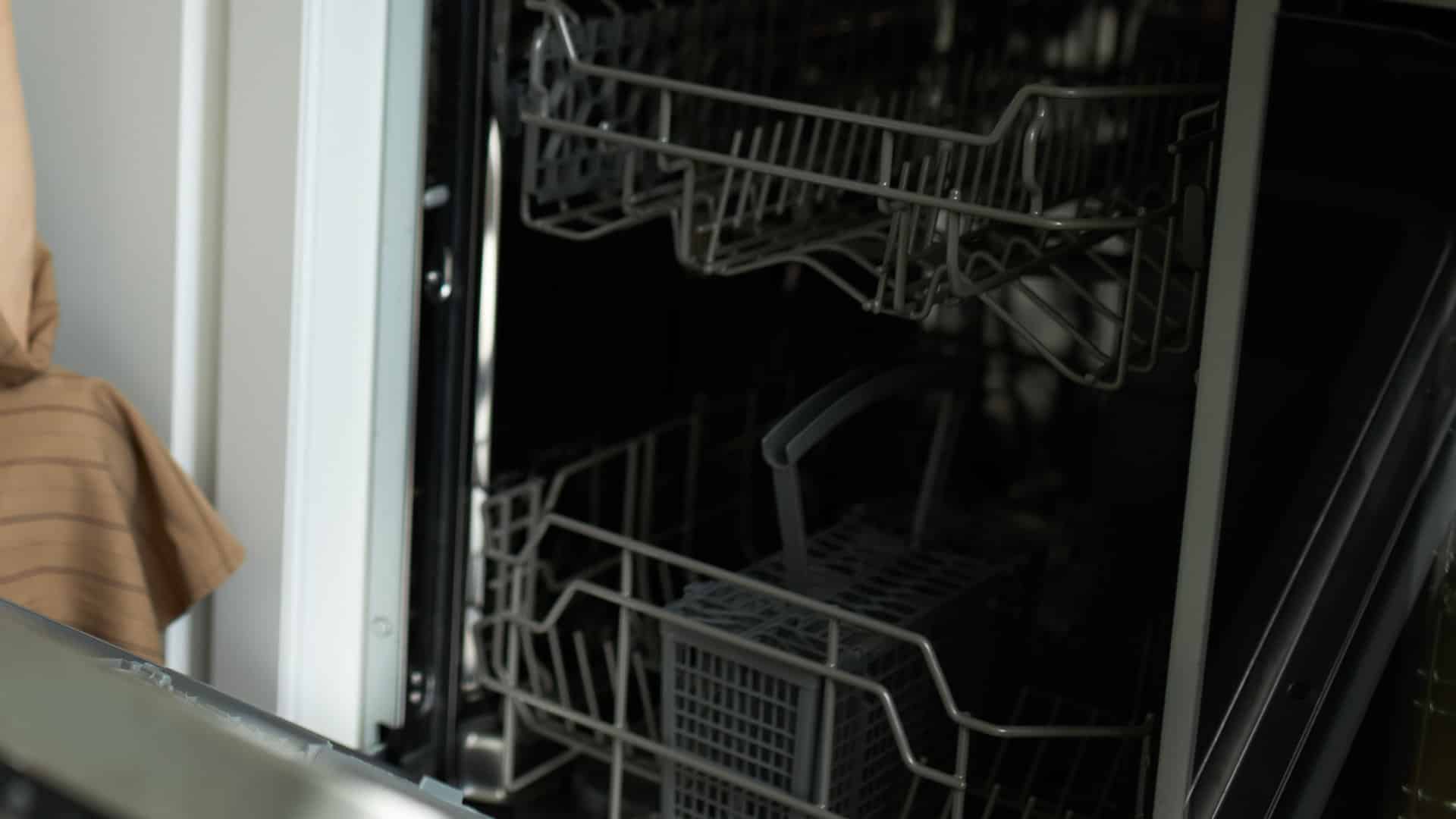
Understanding Frigidaire Dishwasher Error Codes

How to Dry Shoes in Dryer Without Damaging Them
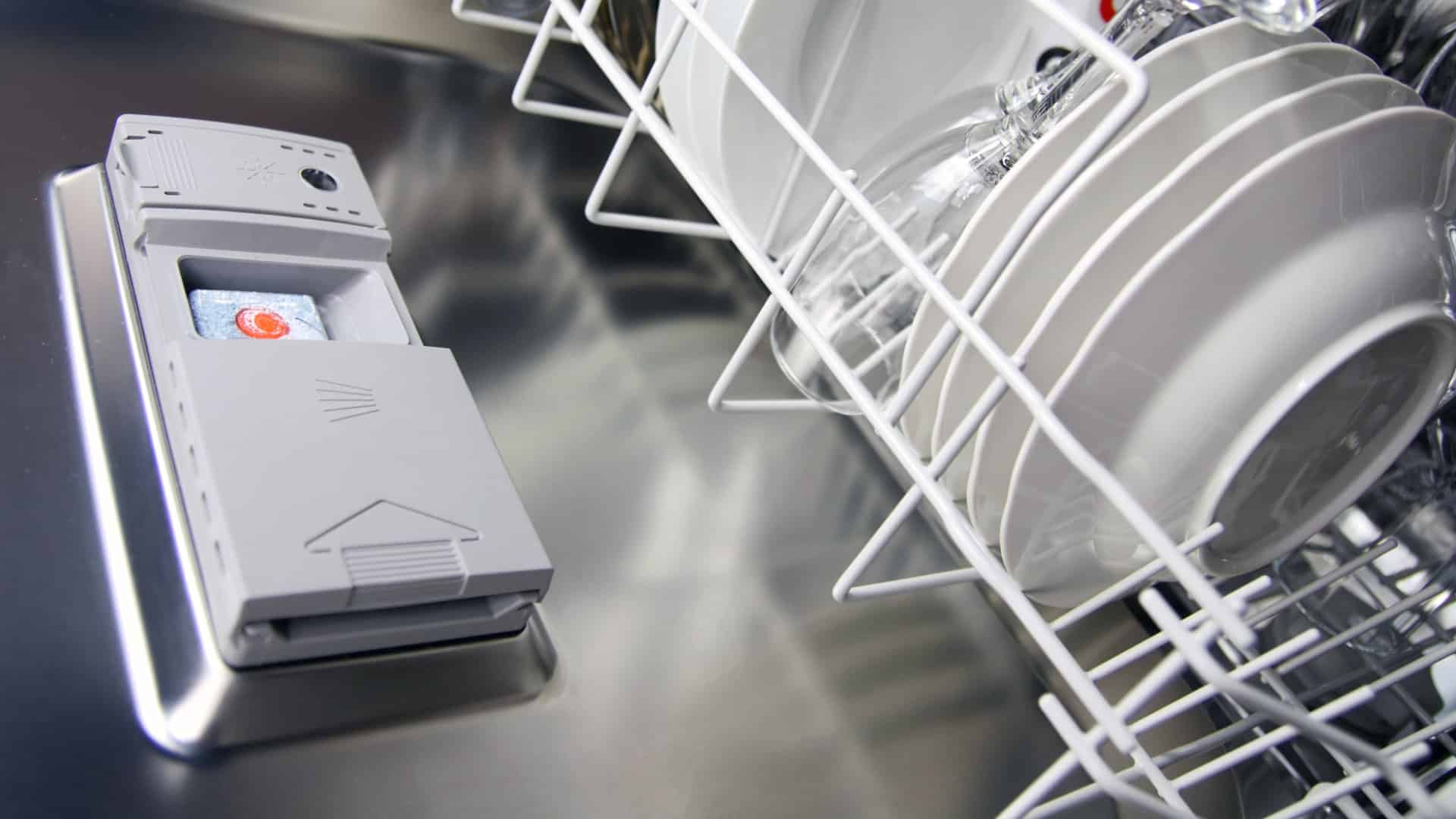
Why Is My Dishwasher Leaking?

How to Solve Electrolux Dryer Error Code E64

Microwave Light Won’t Turn Off? Here’s Why
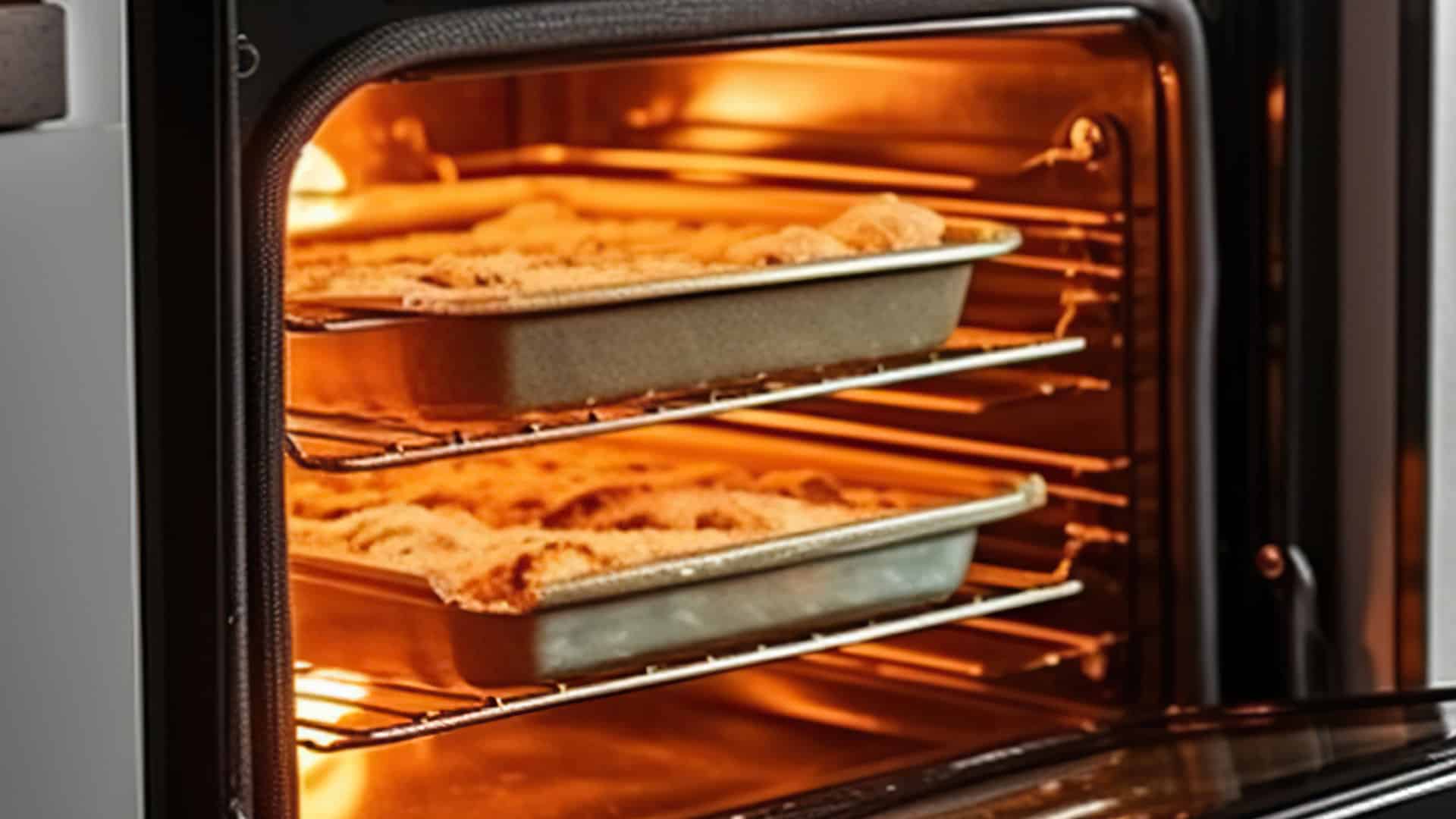
GE Oven F9 Error Code: How to Fix It

How to Use a Self-Cleaning Oven (In 4 Steps)

How To Use a Maytag Top-Load Washing Machine
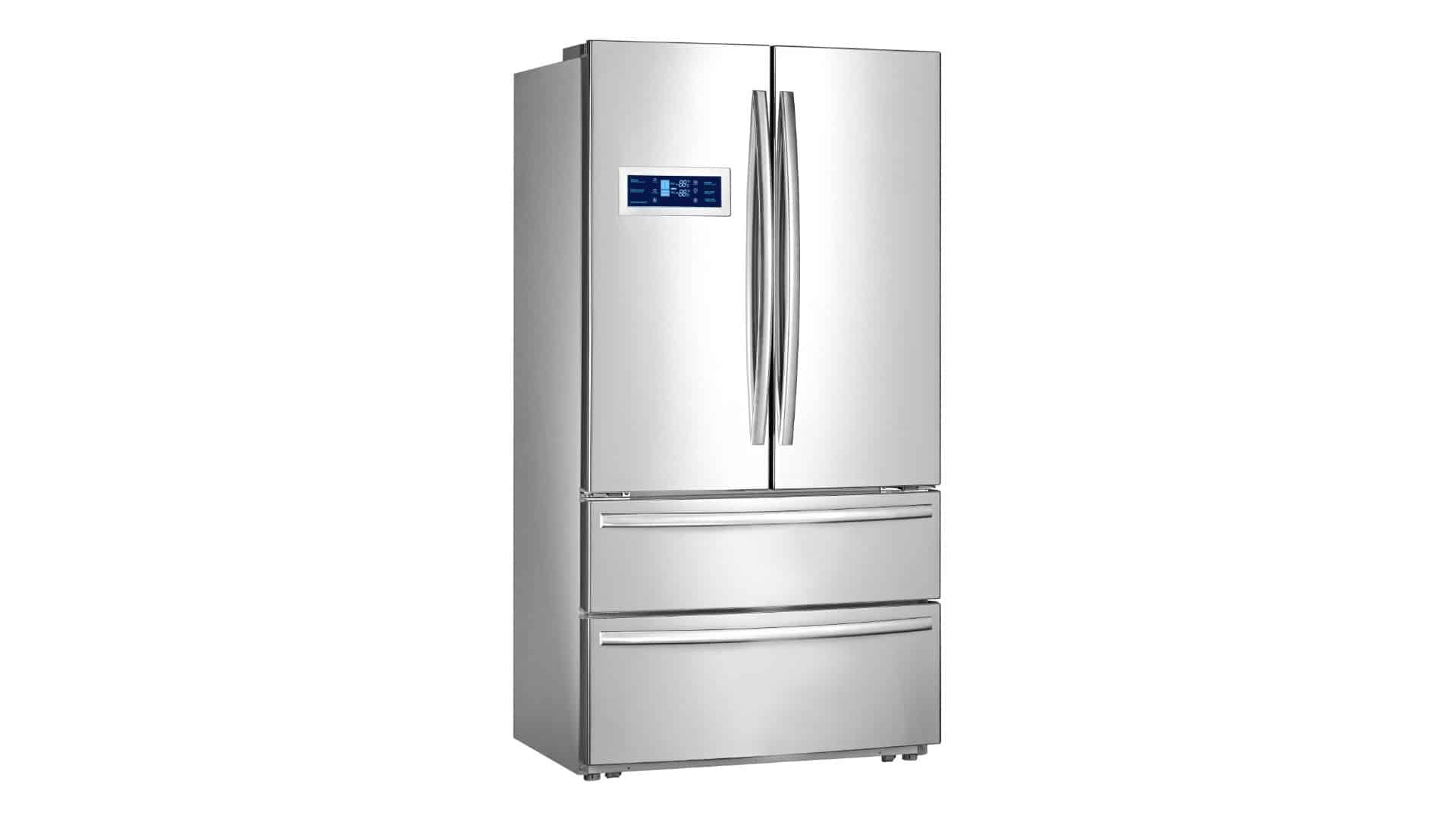
What to Do If Your Samsung Ice Maker Is Not Making Ice

How to Fix a Microwave Turntable That’s Not Turning

How to Wash Pillows in a Washing Machine

How to Fix an Ice Maker That Isn’t Working
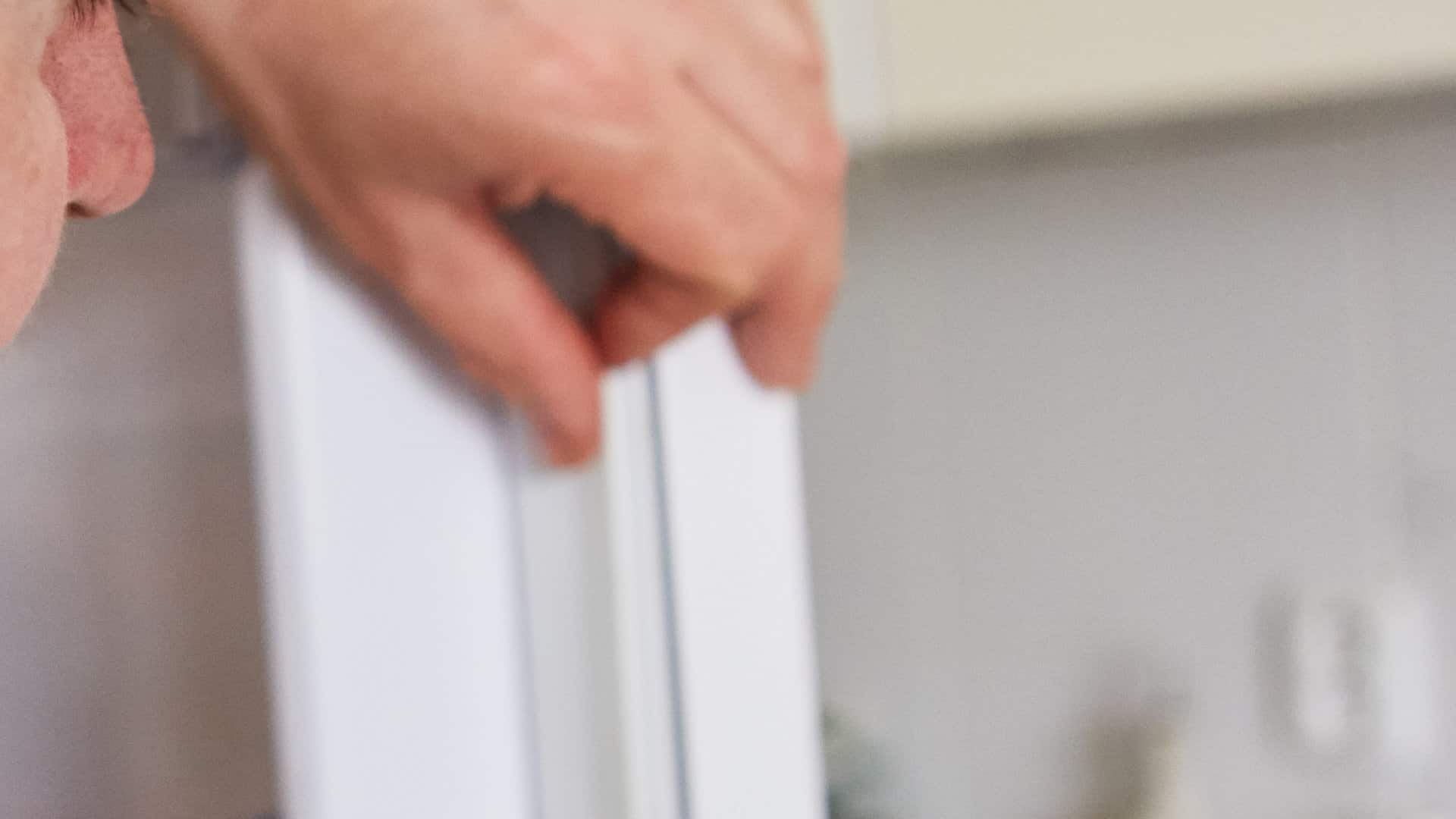
Broken Refrigerator Door Seal? How To Fix It


